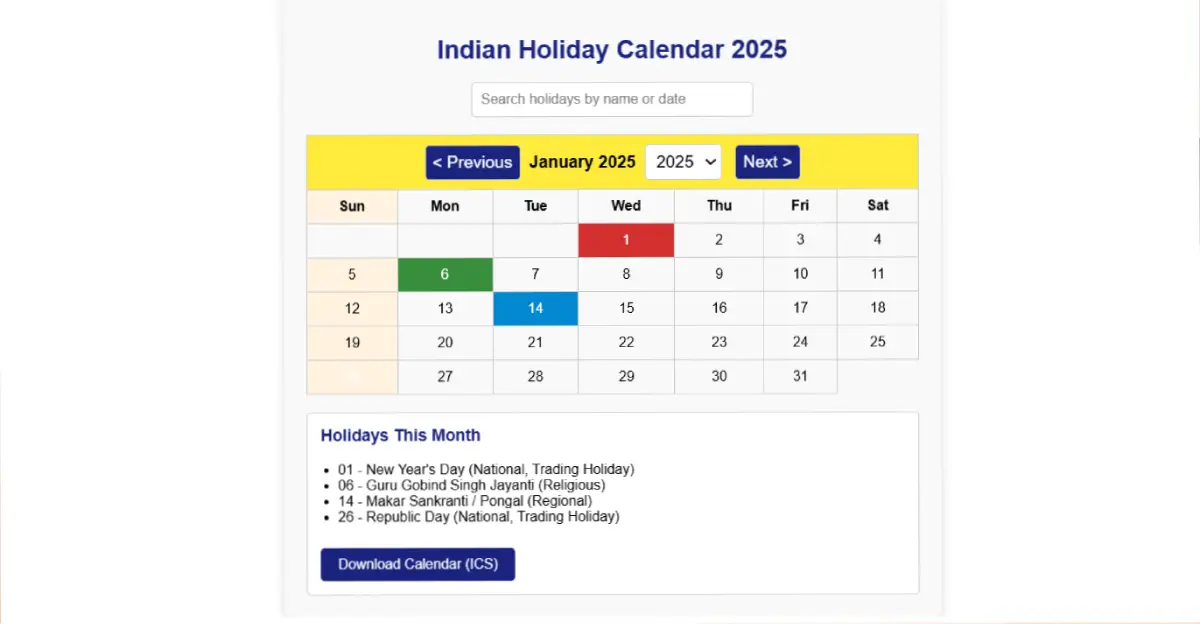The Post Office MIS Scheme—the Monthly Income Scheme is the quintessential low-risk instrument in the Indian fixed-income firmament. It’s got that comforting, grandfatherly air about it, promising predictable dividends that land in your account with the regularity of a clock chime. For millions of retirees and homemakers seeking financial independence, this five-year investment vehicle, backed by the immutable assurance of the Government of India, appears entirely unassailable. You surrender a lump sum, and in return, you secure an assured stream of revenue, currently pegged at a competitive 7.4%. Maximum individual outlay? A sizeable ₹9 lakhs (₹15 lakhs for a joint account). Simple. Secure. Done.
| Feature | Details |
|---|---|
| Scheme Name | Post Office Monthly Income Scheme (MIS), Post Office MIS Scheme |
| Issuer | Government of India |
| Tenure | 5 years |
| Interest Rate (as of 2025) | 7.4% p.a. |
| Payout Frequency | Monthly |
| Minimum Deposit | ₹1,000 |
| Maximum Investment | ₹9 lakh (individual), ₹15 lakh (joint) |
| Premature Withdrawal | After 1 year (with penalty) |
| Risk Level | Very Low (Sovereign-backed) |
The Gilded Cage of Fixed Returns
Well, here's the thing. While the Post Office MIS Scheme is undeniably a robust foundation for a cautious portfolio, its sheer popularity sometimes masks a critical oversight. It’s like relying solely on a financial safety belt in a car: absolutely essential for stability, but it won't accelerate your journey. We’ve seen legions of investors flock to the scheme often because the Post Office counter clerk simply suggests the first product on the menu without considering the marginal, yet substantial, differentiations available elsewhere.
The Higher-Yield Hijack: Why Seniors Miss Out
Let's be honest about this. The most egregious error committed here is by senior citizens. The Post Office MIS Scheme offers 7.4%. Perfectly respectable, no doubt. But if you’re over 60, or meet the specific criteria for early retirement (civilian or defense), you are categorically squandering potential income by not choosing the Senior Citizen Savings Scheme (SCSS). That scheme also housed under the sovereign umbrella currently delivers an eye-watering 8.2%. It’s a full 80 basis points more, paid out quarterly instead of monthly.
| Scheme | Eligible Investors | Interest Rate (p.a.) | Payout Frequency | Maximum Limit |
|---|---|---|---|---|
| Post Office MIS | Any individual | 7.4% | Monthly | ₹9 lakh (₹15 lakh joint) |
| Senior Citizen Savings Scheme (SCSS) | Age 60+ / eligible retirees | 8.2% | Quarterly | ₹30 lakh |
Ask yourself, if you’re a retiree relying on that payout for sustenance, why intentionally sacrifice that 0.8%? That incremental yield provides significantly more purchasing power over the five-year tenure. While the SCSS payout frequency shifts slightly, the principle remains: you’re guaranteed a higher, government-backed return on your capital. The fact that many seniors miss this arbitrage opportunity due to mere lack of guidance is genuinely lamentable.
The Taxable Treadmill and Withdrawal Trauma
The scheme’s fixed-income allure begins to waver when viewed through the prism of taxation and liquidity. Firstly, let’s address the payout: the income you receive from the Post Office MIS Scheme is fully taxable. Unlike some equity-linked options, there is no Section 80C deduction on the principal amount invested.
| Aspect | Post Office MIS | Notes |
|---|---|---|
| Tax on Interest Income | Fully taxable | Added to investor’s income; no 80C benefit |
| TDS Deduction | Not applicable | Investor must self-declare income |
| Premature Withdrawal | Allowed after 1 year | Subject to penalties |
| Penalty (1–3 years) | 2% deduction from principal | |
| Penalty (3–5 years) | 1% deduction from principal | |
| Liquidity | Low | Not ideal for emergency funds |
This means every rupee earned contributes directly to your gross taxable income, potentially pushing you into a higher slab. But here’s the kicker: the Post Office doesn’t deduct TDS (Tax Deducted at Source). This is often misinterpreted as the income being tax-free entirely. It isn't. You, the investor, are responsible for declaring and paying the due tax. Isn't that a surprisingly hands-off (and potentially hazardous) approach for a scheme aimed at the less financially savvy?
The Rigidity of the Five-Year Lock-In
While the term is only five years, extracting your principal prematurely is an exercise in fiscal punishment. Withdraw before one year? Impossible. Pull out between one and three years? A stinging 2% penalty is levied on your capital. Between three and five years, the bite is a little lighter at 1%. This mechanism ensures the scheme remains illiquid, making the Post Office MIS Scheme unsuitable for emergency funds or tactical cash needs. This is a commitment, not a casual deposit. It underscores that this product is strictly for funds you are certain you won't need until the term expires.
Who Should Still Choose the MIS?
Despite these caveats the higher SCSS alternative for seniors, the liquidity penalties, and the fully taxable income status the Post Office MIS Scheme retains its place. It is a perfect fit for a non-senior individual who insists on an absolutely guaranteed monthly income to cover recurrent bills, or for a guardian setting up a conservative income stream for a dependent. It serves its specific niche beautifully, providing financial certainty in an otherwise frenetic economic climate. Just remember to check the alternatives, especially if you qualify for that superior Senior Citizen savings rate.
Quick Comparison Summary Box
| Scheme | Rate | Tenure | Payout | Max Investment | Target Group |
|---|---|---|---|---|---|
| Post Office MIS | 7.4% | 5 years | Monthly | ₹9 lakh (₹15 lakh joint) | General investors |
| SCSS | 8.2% | 5 years | Quarterly | ₹30 lakh | Senior citizens |






